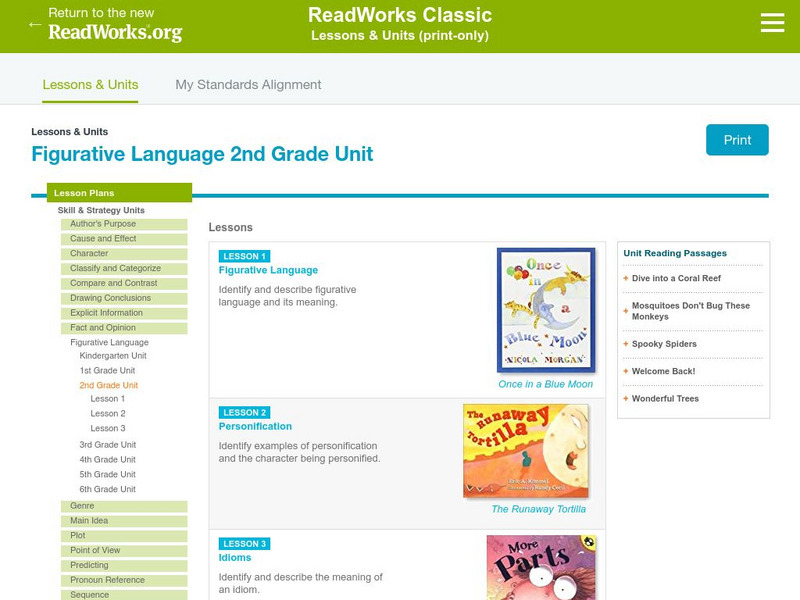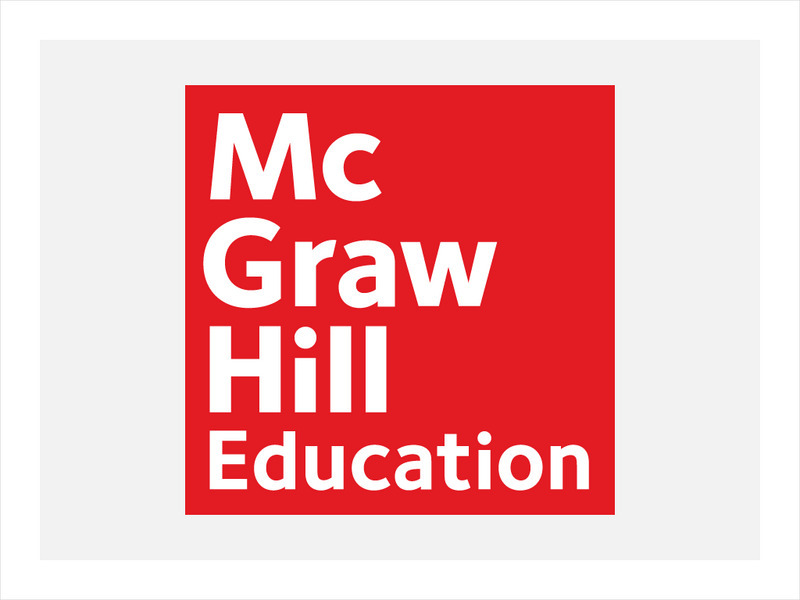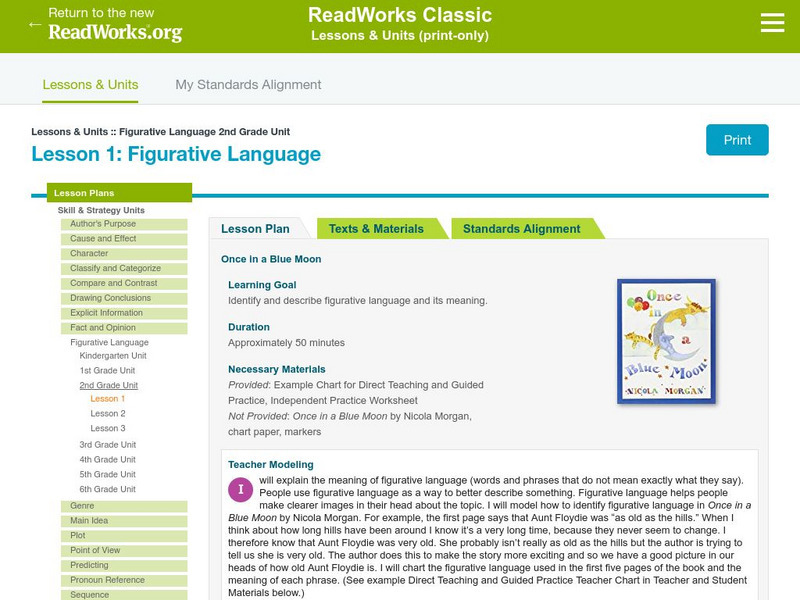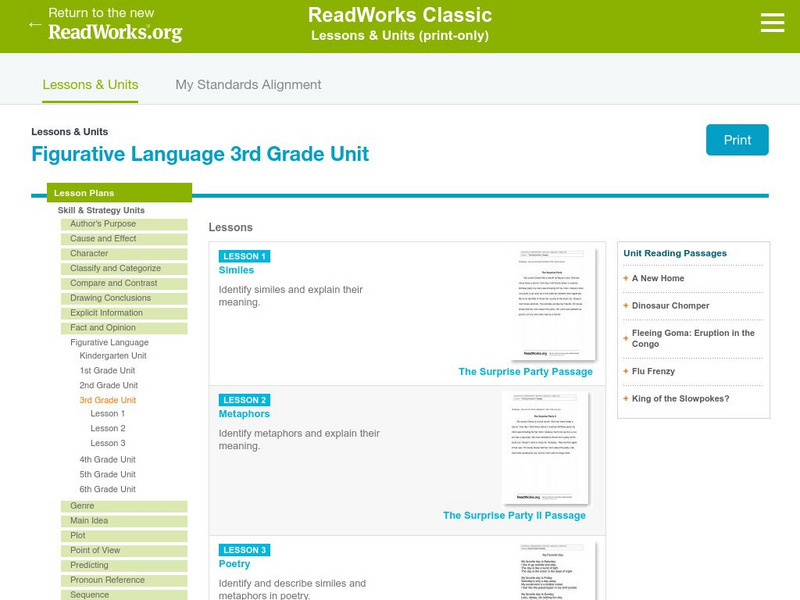Curated OER
Chalk Drawings
Students create their own chalk drawings on a chalk board inspired by the work of Keith Haring. In this chalk drawings lesson plan, students draw symbols and lines in different colors.
Curated OER
Read Martin's Big Words
Students read Martin's Big Words. In this social studies lesson, students read and discuss the life and times of Dr. Martin Luther King Jr.
Curated OER
Geo Jammin' By DeSign - Day 1, Lesson 6: Quilt Story
Students recognize that quilts are created by geometric components. They examine how quilts are an artistic art form that show the cultural heritage of the people who make them.
Curated OER
Geo Jammin' By DeSign - Day 4, Lesson 22: Authentic Design
Students explore the complexity of handmade quilts and their designs by looking a real life samples.
Curated OER
Get Ready for the Great Outdoors!
Students discuss what is a map and what they already know about maps. They brainstorm together to compile a list of responses for the board and observe a map of the United States, including states, capitals, and some of the National Parks.
Curated OER
Symbol Collage
Learners recognize and compare symbols and their meanings on a mummy case with those in students' everyday lives.
Curated OER
Geo Jammin' By DeSign - Day 2, Lesson 11: A Stitch in Time
Students investigate the culturally artistic value of quilts, the importance of trade in meeting basic needs, and the conservation of natural resources.
South Carolina Educational Television
Know It All: Using Figurative Language to Shape Meaning and Style
The students will be able to identify different types of figurative language in a story and explain how the author uses figurative language to shape the meaning and style of the story.
Better Lesson
Better Lesson: Go Figure With Figurative Language It Helps With Predicting!
In this lesson plan, students will use figurative language, digital tools, and illustrations to write a story. The teacher will model how to use an app that has onomatopoeia to create a story with a good beginning, middle, and end. A...
ReadWriteThink
Read Write Think: Figurative Language Awards Ceremony
Contains plans for five to seven lessons that teach about figurative language like similes, metaphors, and personification by asking students to write award acceptance speeches that incorporate them. In addition to objectives and...
Read Works
Read Works: Grade 2: Three Lesson Unit: Figurative Language
[Free Registration/Login Required] A series of three lesson plans designed to teach students to identify and explain the meaning of figurative language including personification and idiom. Lessons are based on the books Once in a Blue...
McGraw Hill
Mc Graw Hill: Informational Text: Craft and Structure: Figurative Language
Explains what figurative language is and how to determine its meaning. Also provides a practice exercise.
Read Works
Read Works: Fourth Grade: Three Lesson Unit: Figurative Language
[Free Registration/Login Required] A lesson plan, based on In a Pickle and Other Funny Idioms by Marvin Terba, in which students learn how understand idioms and use them to explain the plot and to make predictions. With free login, users...
Read Works
Read Works: 2nd Grade Lesson: Figurative Language
[Free Registration/Login Required] A lesson plan in which learners use the book Once in a Blue Moon by Nicola Morgan to learn to identify and interpret the meaning of figurative language in a fiction text. Lesson includes direct...
TES Global
Blendspace: Figurative Language
A fifteen-part learning module with links to images, texts, and websites to use while learning about figurative language including simile, metaphor, idioms, and more.
TES Global
Blendspace: Figurative Language
A thirteen-part learning module with links to websites, images, videos, and texts to use while learning about figurative language.
Read Works
Read Works: Figurative Language 3rd Grade Unit
[Free Registration/Login Required] In this three-lesson plan unit, students use the book If You Hopped Like a Frog by David Schwartz and some additional short texts to learn to identify and understand the use of simile and metaphor in...
Alabama Learning Exchange
Alex: Figurative Language
This lesson used a slideshow presentation to explain the difference between similes and metaphors. Students are challenged to identify these figurative elements in literature and then create some themselves.
ClassFlow
Class Flow: Figurative Language
[Free Registration/Login Required] This resource explores figurative language including similes, metaphors, and personification. There are many activities used to support the exploration of each type of figurative language.
Scholastic
Scholastic: Exploring Author's Language in "The River" [Pdf]
Students will learn about literary devices as used in Gary Paulsen's "The River." This guide also supplies suggestions for group activities (PDF, requires Adobe Reader.)
Japanese Ministry of Foreign Affairs
Web Japan: Language
Examine the some of the thousands of characters that make up the Japanese written language. A simple explanation of the different kinds of characters and their uses helps you figure out how the Japanese language works.
Quia
Quia: Literary Devices
This word search asks students to locate quoted examples of literary devices using the word bank provided. Java is required.
Read Works
Read Works: 3rd Grade Lesson: Poetry
[Free Registration/Login Required] A lesson in which students use two provided poems to learn to identify and understand the use of similes and metaphors in poetry. Lesson includes direct teaching, guided practice, and independent...
Math Slice
Math Slice: Jumanji Slice Special Test
Test your knowledge of familiar idioms with this succinct quiz. Assessment is scored online and could possibly be used as an assessment tool.



















![Scholastic: Exploring Author's Language in "The River" [Pdf] Website Scholastic: Exploring Author's Language in "The River" [Pdf] Website](https://content.lessonplanet.com/knovation/original/34487-fb6f673c15b1f6a9b904e42e1affec9f.jpg?1661409227)



